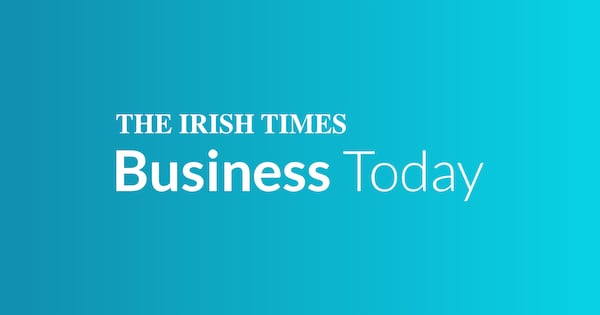Tariffs are a major own goal for the US – and also bad for the rest of the world.
Tearing up previous agreements on trade casts doubt on whether any new agreement with the US administration will stick. The EU will still try to reach a settlement with Donald Trump by the end of the month, but there is no certainty that reason will prevail. If there is no agreement, we will face a very disruptive and damaging period of trade wars. Even if there is a deal, it will represent a significantly worse outcome for the EU and the US economies than the status quo.
Naturally, all our attention is focused on the trade issue, as it will have an immediate impact on both sides of the Atlantic. However, the US budget, passed by the US Congress earlier this month, referred to as the “One Big Beautiful Act”, has even more serious long-term implications for the US economy.
First, the US budget provides for a huge tax give-away for the better-off. Second, it plans to cut healthcare for many millions of Americans in 2027, just after the next congressional elections. Third, the combined effect of the changes in tax and expenditure mean the US government deficit will remain at about 6 per cent of GDP for the next decade, even under optimistic growth assumptions.
READ MORE
The independent Congressional Budget Office forecast that the US debt, currently at 120 per cent of GDP, will as a result rise to rise to about 140 per cent over the coming decade. In the OECD area, only Italy, Greece and Japan are currently experiencing this level of indebtedness.

David McWilliams on how ‘big incentives’ to build could save Dublin city
The White House, akin to the short-lived regime of Liz Truss in the UK, proclaims a different reality, asserting that economic growth will solve the budgetary problems, keeping the debt in check. All serious economists in the US indicate that this is a fairy tale.
We have learned the hard way that if debt reaches current US levels, stopping a slide into insolvency is very painful. There is no prospect of the US getting out of the debt mess by defaulting – they can just print dollars. Trying to square the circle of continuing to borrow big, while paying rising interest bills, can only be achieved in one of two ways – through inflation, or by what is termed financial repression. While the latter is less likely, it would involve the US government forcing the rest of the US economy to lend to it. However, if the US government hoovered up all national savings, this would severely impact on investment and growth, as has happened in Japan.
The US budgetary problems matter for the rest of the world because most countries, including China, hold much of their financial reserves in the form of US government debt.
In the early 1970s under Richard Nixon, when US borrowing was out of control, inflation was allowed to dramatically increase, peaking at 11 per cent in 1974. This very rapidly eroded the value of the US debt, which also represented much of the financial reserves held by the rest of the world. In response to reproaches from US creditors, the then US treasury secretary John Connally responded with Trump-like arrogance: “Our money, your problem”. This pattern was repeated under Ronald Reagan, and it is highly likely that under Trump a burst of inflation will again be needed to erode the US government debt, much of which represents foreigners’ reserves.
Already, worry about this has led to a fall of 10 per cent in the value of the dollar compared to the euro since Trump took office. For our exports to the US, the 10 per cent increase in their cost in dollars comes as a double whammy on top of the 10 per cent tariff rate already imposed.
Other countries won’t be as ready to lend to the US when the value of their bond holdings are being eroded. To date, the interest rate paid by the US government for long-term borrowing has not risen significantly, but it is likely to do so over coming years, given the growing risk that the inflation solution will be adopted.
With rapidly rising debt, there’s increasing temptation for the US to allow inflation by persuading the US central bank, the “Fed”, to reduce short-term interest rates, rather than choking off inflation through higher interest rates. To date, Trump’s threats to force the Fed to reduce interest rates have fallen on deaf ears.
Trump may continue to try to strong-arm current Fed chairman Jerome Powell, but will doubtless replace him at the end of his term next year with a less independent, more pliant, nominee.

















